The lights on and around our table were switched off so that there was only the glow of the heat burners close by and the stars above. Our star guide was pacing between our tables as he began to speak.
“I want to begin with a Hindu story of wise sages. One night the wisest sage was meditating and in the morning he had a question for his disciples. When does the true night end and a new dawn begin?” Our guide paused for dramatic effect. “One of the disciples replied, when I rest my head on my pillow after a long day of work and wake to the sun through my window ready to start again. That is when a true night ends and a new dawn begins. It is a good answer, replied the sage, but not the one I was looking for…”
We were in the middle of the desert at a secluded spot for the famous Sounds of Silence dinner at Uluru. It was an activity I agonised over booking, availability wasn’t there, then it was, then it seemed too expensive, but now I couldn’t keep the smile off my face. Uluru so far had been magical, exceeding my expectations in every way.
As mentioned, booking our stay at Uluru had been a stressful experience. There is only one accommodation option there, The Ayers Rock Resort, but it caters for all levels of budget, from campsite to simple cabins to 3 and 4 star hotels. There are shops, museums and a huge range of activities available on site and Uluru and Kata Tjuta are a short drive away, which you’ll need to pay a $25 park fee per person for three days entry to the protected site. However, accommodation gets booked up fast and the online booking system was a nightmare, no one was replying to emails and calls went straight to an automated message so we had rushed to book two nights in where we could and hadn’t been able to arrange the Sounds of Silence dinner I was keen to do, so had instead opted for the sunrise Field of Light tour. On arrival we discovered they could squeeze us into a tiny spot that meant we could have an extra night which also meant we could book in for the Sounds of Silence dinner. Everything was coming together.
It was an early and freezing cold start to be up for the sunrise and to visit the Field of Light. This is an art installation of over seven football fields worth of lightbulbs slowly changing colour, fibre optic tendrils spreading out from them like something from Stranger Things. It was created by the artist Bruce Munro and was originally conceived in 1992 when he visited the red desert with his wife and said of the place;
“There was a charge in the air that gave me a very immediate feeling which I didn’t fully understand […] It was a moment when I felt at one with the world […] I recorded thoughts of creating a sculpture on a landscape scale, incongruous in size and location, and experienced by the transient visitors […] I saw in my mind a landscape of illuminated stems that, like dormant seeds in a dry desert, quietly wait until darkness falls, under a blazing blanket of southern stars, to bloom with gentle rhythms of light.”
The art installation is so far temporary and will only exist until 2020 so I was keen to see it while I could. First we got a view from above, looking down on the huge expanse from a dune top viewpoint. Then we got to walk amongst them, pathways winding this way and that, the whole place feeling like something out of a sci-fi or fantasy film.


As the light began to creep into the sky the automatic and solar powered bulbs began to switch off and we made our way back to the dune top to watch the sunrise with hot chocolates in hand.


We had caught glimpses of Uluru as we drove in, seeing it from afar, but this felt like a special reveal. Uluru went from a shadow on the horizon to a glowing red rock, as if it was pulling all the sunlight into itself, warming up for the day. Which was something we were in desperate need of. Once we could pull ourselves away we headed back to the van and climbed back into bed, still early in the morning, to try and get toasty and ready for the rest of our day.
We had seen Uluru from afar and now it was time to take a look up close. The base walk is 10km but there is a shorter walk called the Mala walk which takes you as far as Kantju Gorge or you can hire bikes and cycle round if you aren’t up for the long walk. I wish we had also known about the free guided version of the Mala walk you can do in the mornings too as this is the perfect way to learn about the Aboriginal stories associated with this sacred place. Instead we gathered information from the Cultural Centre before setting off and it was well worth doing as it meant we could look out for the specific formations that denoted stories.
Uluru is fascinating to see up close as one side looks fairly symmetrical but the other side is a contortion of shapes. There are areas that look like the rock has been burned with acid, a section where it looks as if the side has melted and dripped down into a cavern and up close you can see the mottled surface looks almost like rust or copper.
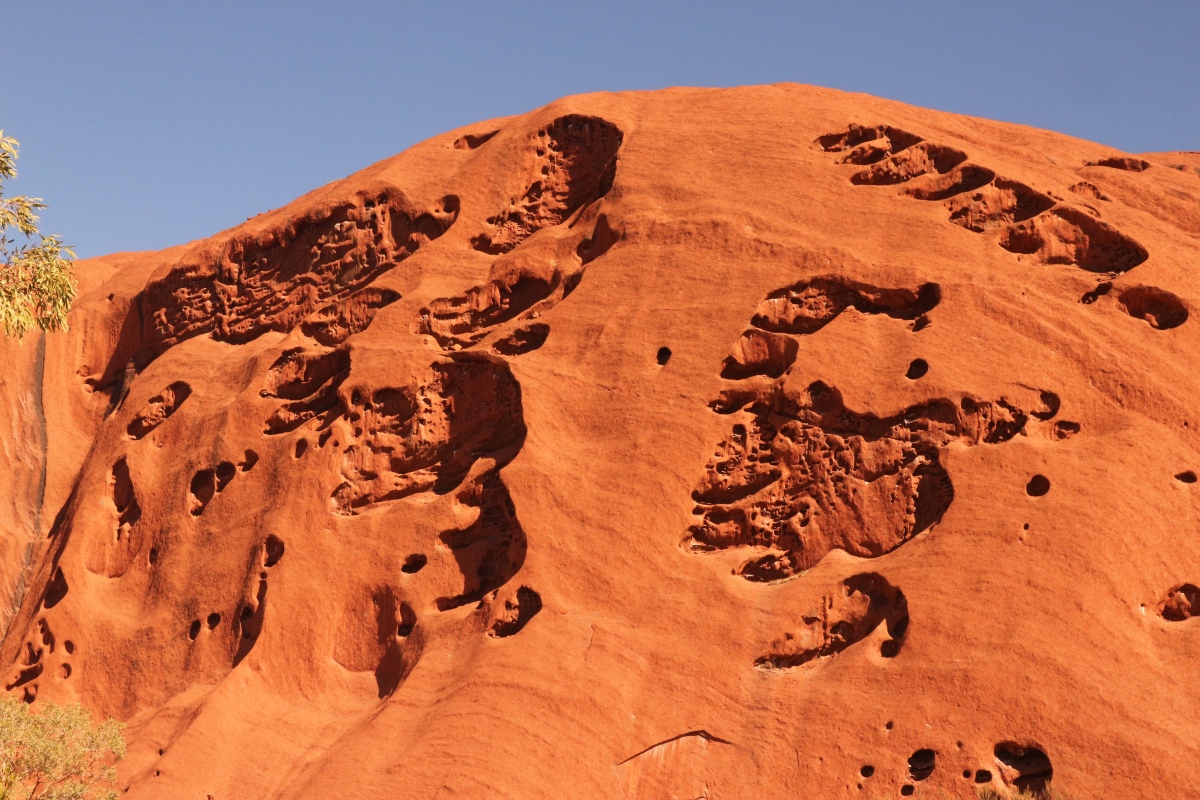


The Story of Kunija and Liru
Wherever you walk around Mutitjulu Waterhole, you are surrounded by the presence of two ancestral beings – Kuniya, the woma python, and Liru, the poisonous snake.
The Kuniya and Liru story occurs on different sides of Uluru, but their deadly battle took place near Mutitjulu Waterhole.
The Kuniya woman came from far away in the east to hatch her children at Uluru. She carried her eggs strung around her neck like a necklace and brought them
to rest at Kuniya Piti on Uluru’s north-east corner. There she left the eggs on the ground.
Kuniya camped at Taputji and hunted in the nearby sandhills. As she left and entered her camp, she formed deep grooves in the rock. These grooves are still there.
One day, Kuniya had to draw on all her physical and magical powers to avenge
the death of her young nephew, also a Kuniya. He had enraged a group of Liru, or poisonous brown snakes, who travelled from the south-west to take revenge on him.
They saw him resting at the base of Uluru and rushed upon him, hurling their spears. Many spears hit the rock face with such force that they pierced it, leaving a series of round holes that are still obvious. The poor Kuniya, outnumbered, dodged what he could but eventually fell dead.
When news of the young python’s death reached his aunt on the other side of Uluru, she was overcome with grief and anger. She raced along the curves of the rock to Mutitjulu Waterhole, where she confronted one of the Liru warriors, who mocked her grief and rage.
Kuniya began a dance of immense power and magic. As she moved towards the Liru warrior she scooped up sand and rubbed it over her body. Her rage was so great that it spread like a poison, saturating the area at that time.
In a fearsome dance she took up her wana, or digging stick, and struck the head of the Liru. But her anger was now beyond restraint,
and she hit him again across the head.
He fell dead, dropping his shield near Mutitjulu Waterhole, where Kuniya herself remains as a sinuous black line on the eastern wall. The blows she struck are two deep cracks on the western wall, and the Liru’s shield, now a large boulder, lies where it fell.
-from https://parksaustralia.gov.au/uluru/discover/culture/stories/kuniya-liru-story/
One of the things to be aware of around Uluru and much of the outback, is flies. They are everywhere and they will get everywhere. You may feel like a fool but I highly recommend a fly net and we even got stopped by people who thought it was a great idea and asked where they could get some from – ours were generously gifted to us by one of the parents of the kids Joey taught.

The other thing to know about Uluru is that the Aboriginal People ask you not to climb it. I was aware of this before we arrived and as the climb is closing permanently in October it has been a topic of conversation every time we mentioned we were going, yet still it shocked me to see so many people climbing the rock right next to a sign that literally asks people not to climb. For the Anagu people Uluru is a sacred site, not unlike a church would be to a Catholic or a mosque to a Muslim, so it is worth asking yourself whether you would climb these sacred buildings? There is the argument that Uluru is natural and so that should make it available for everyone to do as they wish, however if anything this should make us want to protect it more. We can’t renovate something natural, once it is worn down or damaged by tourists there is no going back. Most importantly it is the route for Mala men to complete as part of their Mala ceremonies. If you need another reason not to climb, it is also dangerous; the way is steep and there is only a metal chain fence to use as support on the way up. To date 35 people have died climbing Uluru, something which greatly saddens the Anagu people. If you will be visiting before October, please do not climb this sacred site, there are plenty more ways to enjoy this incredible place.

It had been a long day, starting with a sunrise it felt only fitting to end by watching the sunset. Even though we got there early the sunset viewing Carpark was pretty full and all the best spots taken. We knew that we had other opportunities to get a better view, so we mentally edited out the tree that was central to our view, brewed some hot chocolates and set ourselves up in the back of the van. As the light changes from oranges and yellows to pale lilacs and blues so did Uluru change from a burning orange to a dusky purple.

Uluru is without a doubt the main attraction but the national park is also home to Kata Tjuta, also known as the Olgas. The sacred sites of the Anangu, and in fact any aboriginal Dreamtime stories, can only be told in part as each must be kept secret within the different tribes and passed down through families. Kata Tjuta is an important site for men’s business and so little of the Dreamtime stories are known about this place, which may be another reason why Uluru is better known as we have more access to these stories, even if we still only know them in part. It is still an incredible place and so different from Uluru yet equally striking against the otherwise flat landscape. We headed there for a walk and a look around. Again there are various length walks you can do and this time we opted to go through the Olgas rather than do a longer base walk around it, offering some very different views when you are surrounding by the magnificent red rock.

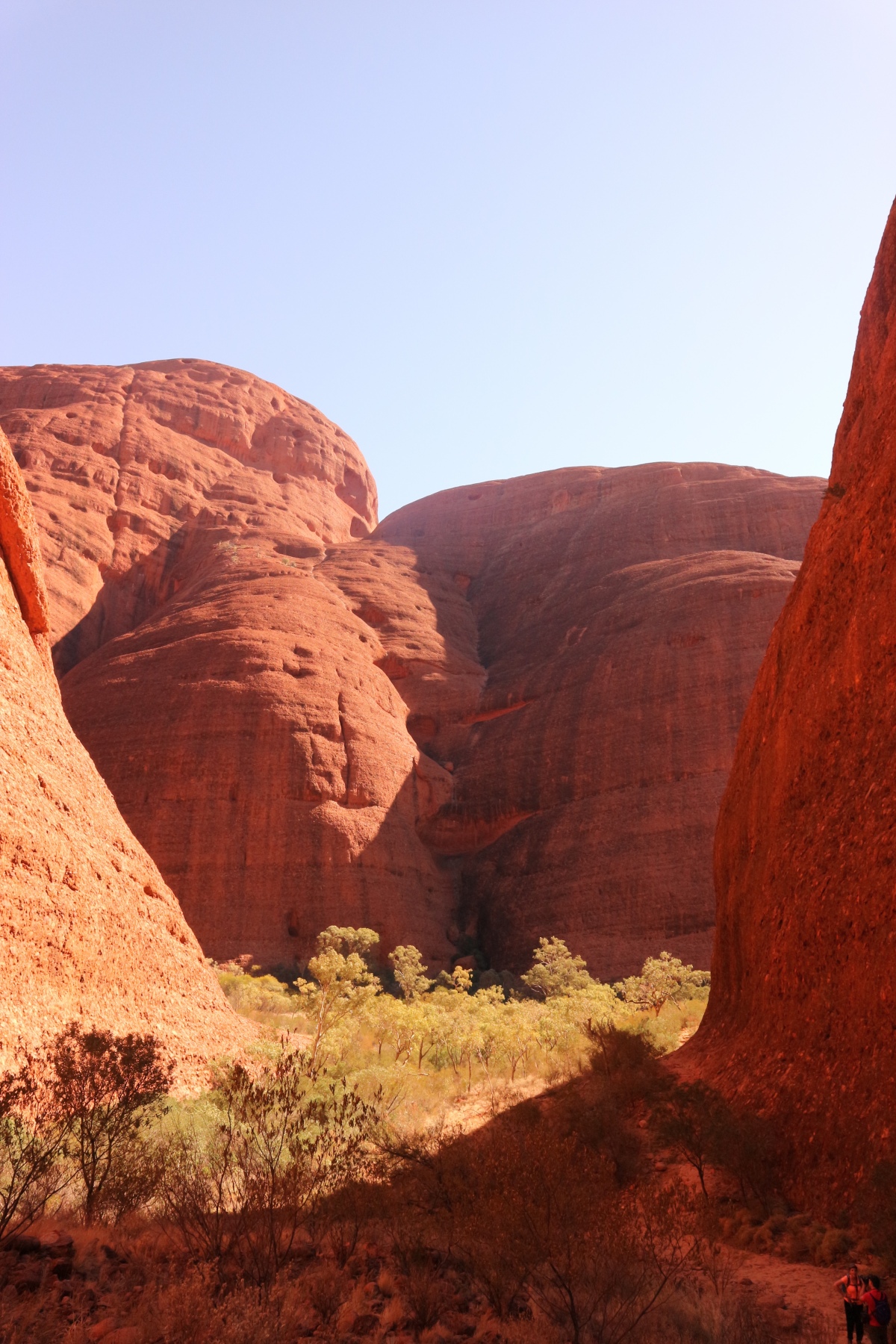
In the evening it was time for our Sounds of Silence dinner. We were picked up by bus just outside the campground with other guests and transferred to a secluded area of desert quite a distance from Uluru. It was another chance to watch the sunset and this time we could do so while sipping Prosecco and nibbling canapés. The area where we mingled was perfectly located to be able to see Uluru on one side and Kata Tjuta on the other. To be honest I think I preferred the sunset over Kata Tjuta just because it is perfectly placed to be thrown into darker shadows, creating a much more intestine silhouette as the colours of the sky burn around it. When we were shown to our table we happened to be seated perfectly to take it all in.

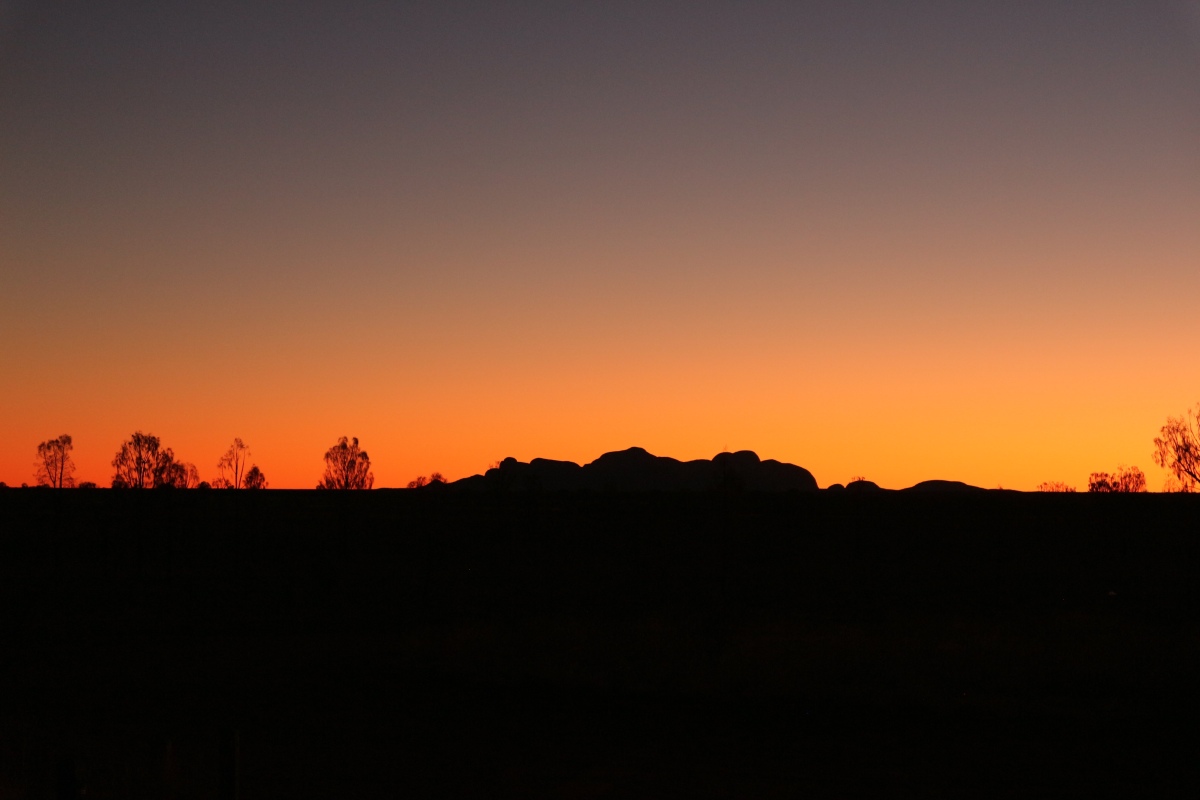
While enjoying our bubbly we got talking a lovely Australian family visiting Uluru. David and Helen were traveling with their grown son, Benjamin and his partner Mijoko. Over dinner we spoke about Dark Emu, an interesting book and a constellation the star guide referenced later, about Aboriginal culture. We compared campervans and it was safe to say theirs sounded much more impressive than ours and by the end of the evening we had been invited to visit anytime we were in Cairns, where they were from. The evening was beautiful but it was made even more special by making new friends.
As for the dinner itself, we were serenaded by a didgeridoo through our starter of tomato soup (which even though it was a simple dish was full of flavour) and then invited up for the buffet dinner after. I didn’t have high expectations for this but every bite was delicious and we even got to try kangaroo (actually very tasty and similar to beef) and crocodile (a bit too fishy at times and the texture of calamari), though my favourite of the night was the creamiest risotto I’ve ever had in my life. Desert wasn’t as great, but perhaps that was because my nut allergy only allowed me to have a couple of selections of the mini cakes and tarts on offer. The hot chocolate and port to finish the night made up for it though.
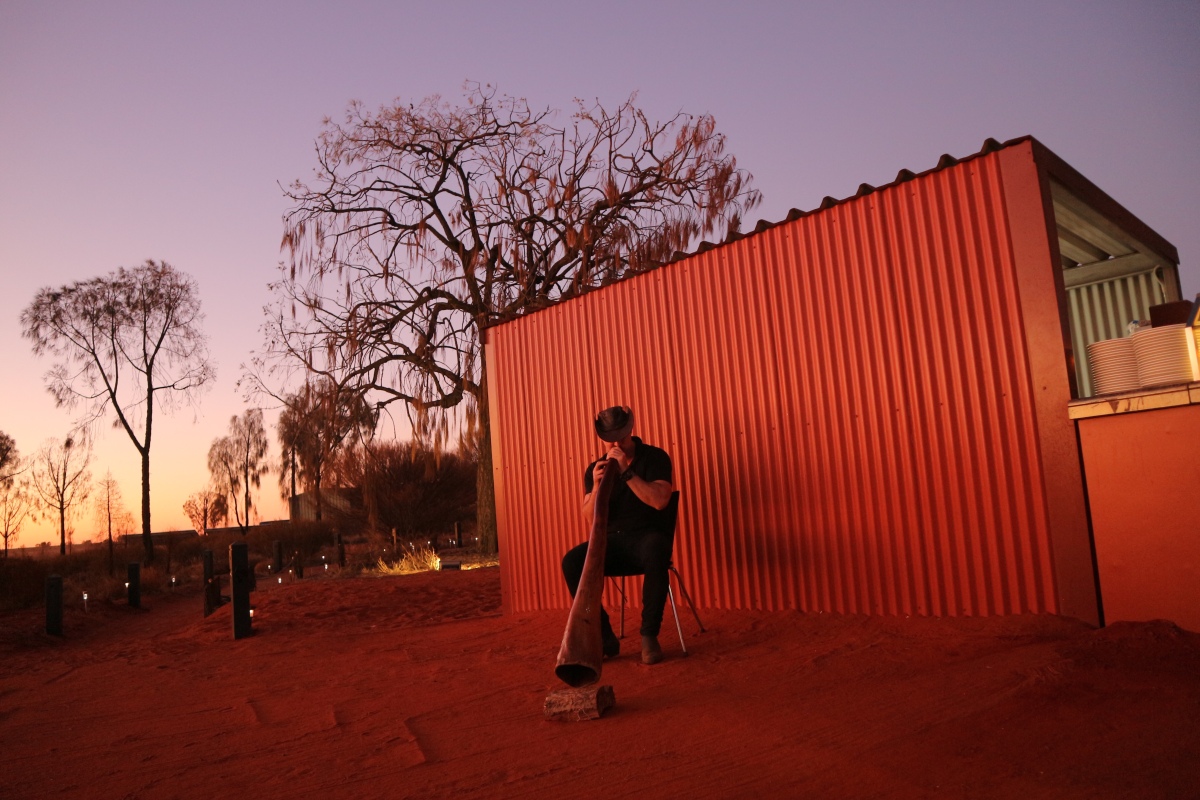
Between dinner and desert was when our star guide took us on a journey through the night sky (so cheesy but I couldn’t resist writing it) helping us spot certain constellations and telling us stories of the stars. “When the disciples could not answer the wise sage’s question,” our guide concluded, “he told them the answer. The true night ends when two travellers meet and share a meal and wine and look up at the stars and realise they look at the same stars, they are the same people, that’s when a true night ends and a new dawn begins”. I couldn’t think of a better way to describe this perfect night.
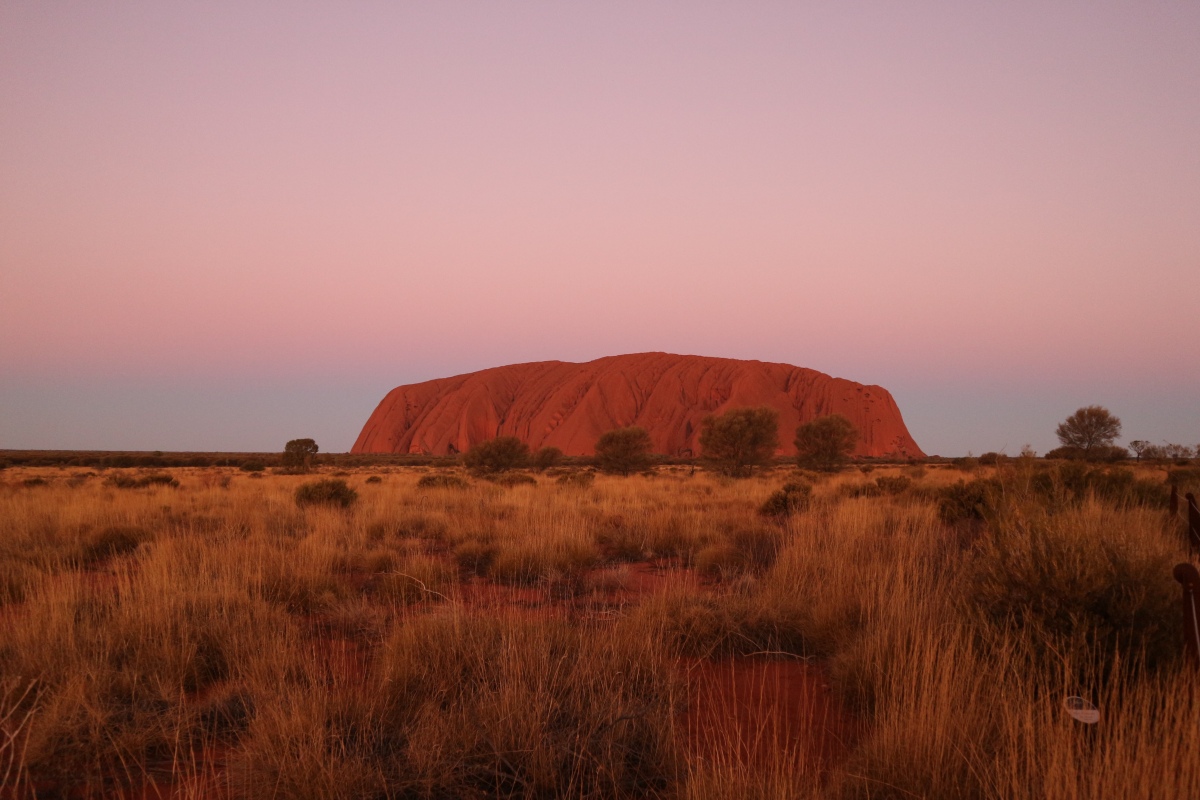
Fabulous Post Jess!
Thank you – you really conjured up the atmosphere xxx
LikeLike
Thanks! Glad you enjoyed it!
LikeLike
Sounds beautiful Jess xxx
LikeLike
Thanks! It was incredible!
LikeLike